Flip, Tumble, & Dance: All About Acrobatics Dance Classes for Kids
If your child loves to flip, tumble, and dance, then acrobatics may be the perfect class to try! Acrobatics, also known as acro dance, is an exciting blend of gymnastics and dance that challenges students to develop strength, flexibility, and coordination. Whether your child is a beginner or an advanced dancer, acrobatics offers a fun and engaging way to explore movement.
What is Acrobatics?
Acrobatics, or acro dance, combines traditional dance techniques with gymnastics-based tricks and movements. In class, students learn to execute jumps, poses, rolls, flips, and partner stunts, all while developing body control, balance, and precision. With music and choreography, acrobatics becomes an expressive and athletic dance style that fosters grace, strength, and self-confidence.
Note that some studios may offer tumbling, which generally includes more powerful and extended tumbling passes. Other studios may offer gymnastics with apparatuses including balance beam, bars, and vault.
What to Expect in an Acrobatics Dance Class
Acrobatics classes begin with a warm-up, followed by conditioning exercises like planks, push-ups, and core work to build strength. Students practice skills on mats, across the floor, or in station rotations, receiving guidance and spotting from instructors to ensure safe skill progression.
Early acrobatics training focuses on proper body alignment and hand placement, setting a strong foundation for more advanced skills. As students gain confidence, they will combine acro tricks with dance movements in choreographed routines.
Most studios offer acrobatics classes to children as young as three years old, with levels that progress as skills are mastered. Advancement is often determined by a child’s ability to perform specific acrobatic elements, such as a bridge or an unassisted handstand. As they grow in the program, students may learn bridges, forward rolls, cartwheels, jumps, handstands, backbends, walkovers, aerials, and handsprings.
What to Expect at Your Studio
Some studios offer stand-alone acrobatics classes, which range from 30 to 60 minutes, while others may incorporate acro training into a combination class that includes ballet, jazz, or tap.
A quality acro studio will have tumbling mats or sprung flooring to help protect dancers as they learn new skills. Instructors will provide hands-on spotting and support, ensuring students progress safely and correctly.
If your child loves to perform, check with your dance studio about whether acrobatics classes participate in recitals, as policies may vary.
What to Wear to an Acrobatics Dance Class
Each dance studio may have different attire requirements, but most acrobatics classes recommend wearing form-fitting clothing.
- Girls typically wear a leotard with shorts or leggings.
- Boys may wear a fitted T-shirt with shorts or athletic pants.
- Most studios require bare feet for better grip and control.
- Hair should be pulled back into a ponytail, braid, or bun.
- Jewelry should not be worn for safety reasons.
Where to Take an Acrobatics Dance Class
Are you looking for the perfect acrobatics class for your child? Click here to start your search for a dance studio near you!
Watch an Acrobatics Class
Curious about what an acrobatics dance class looks like? Watch this class in action from @allthatjazzsg!
Ready to locate the perfect dance studio for you or your dancer? Click on the “Find Dance Studios” tab to begin your search by location, dance styles, ability levels, and age ranges!
~~~~~
Dance Studio Owners: Does your dance studio offer acro dance classes? Is your dance studio listed with us yet? Join our Dance Studio Directory and get your business listed so customers can connect with you and find the classes that fit their needs!




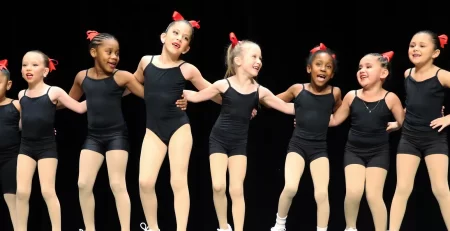
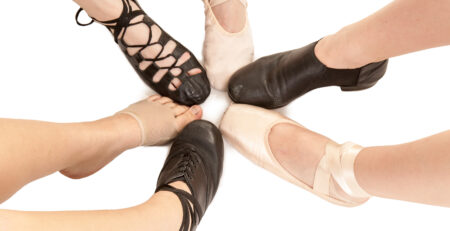

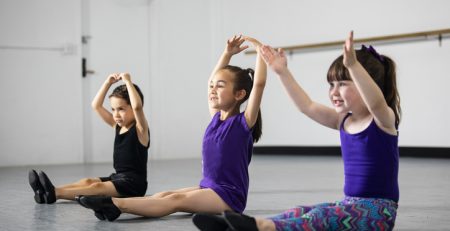
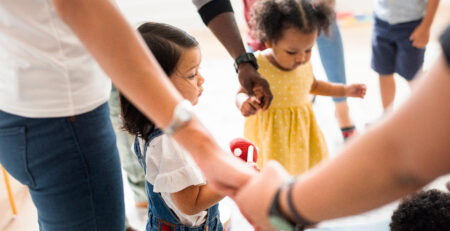
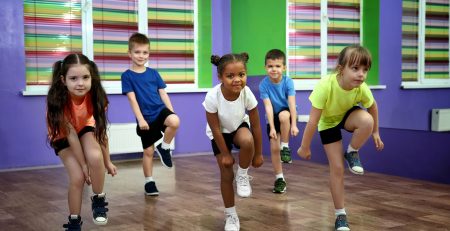
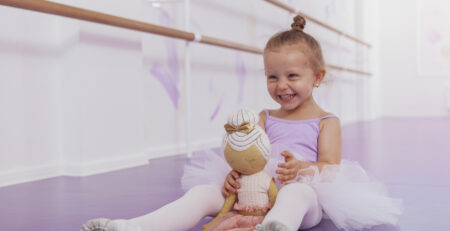
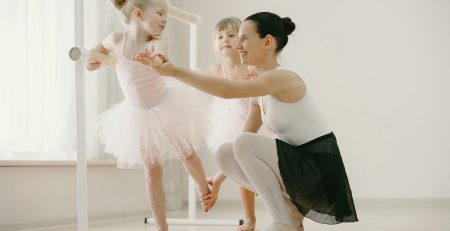

LEAVE A COMMENT
You must be logged in to post a comment.